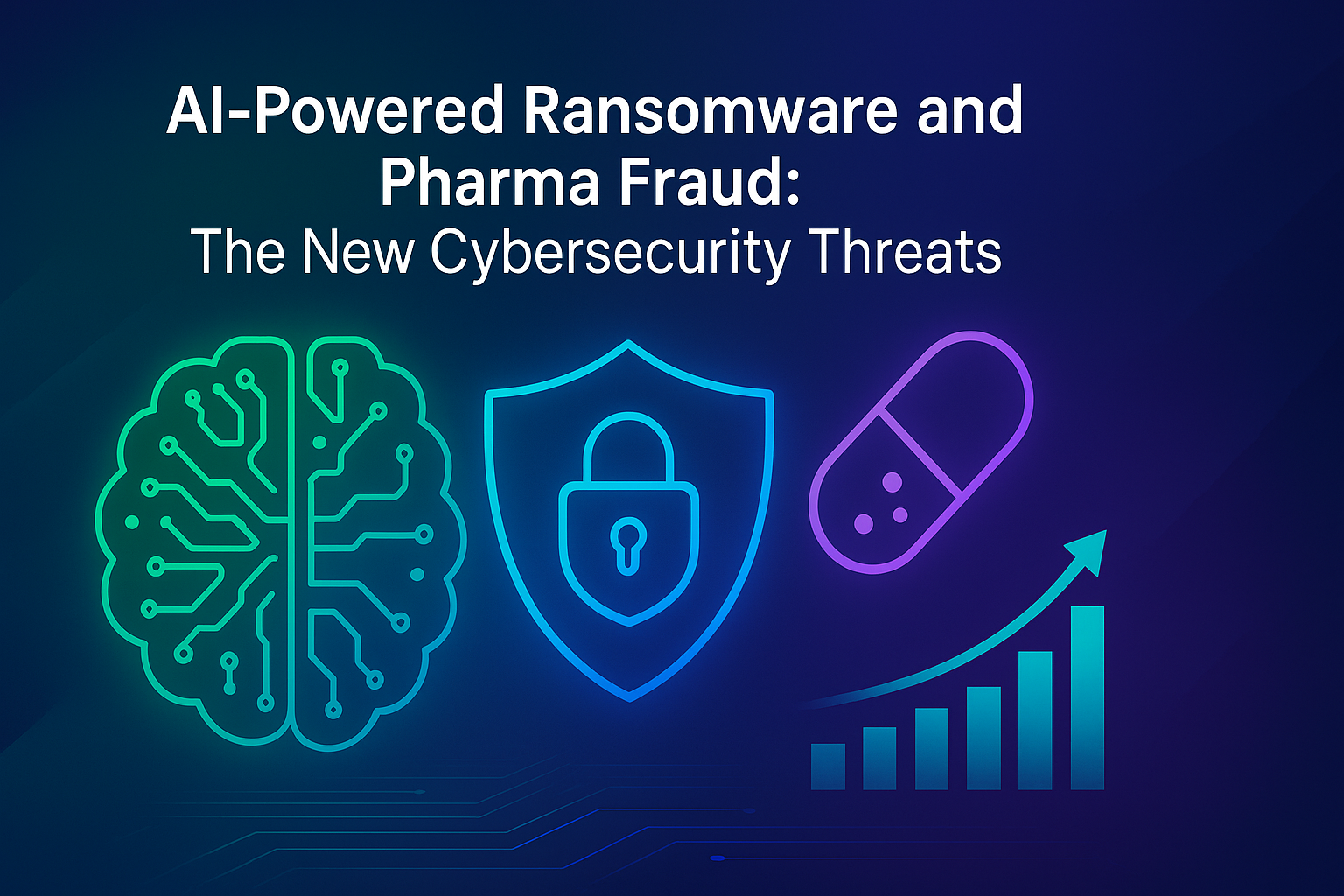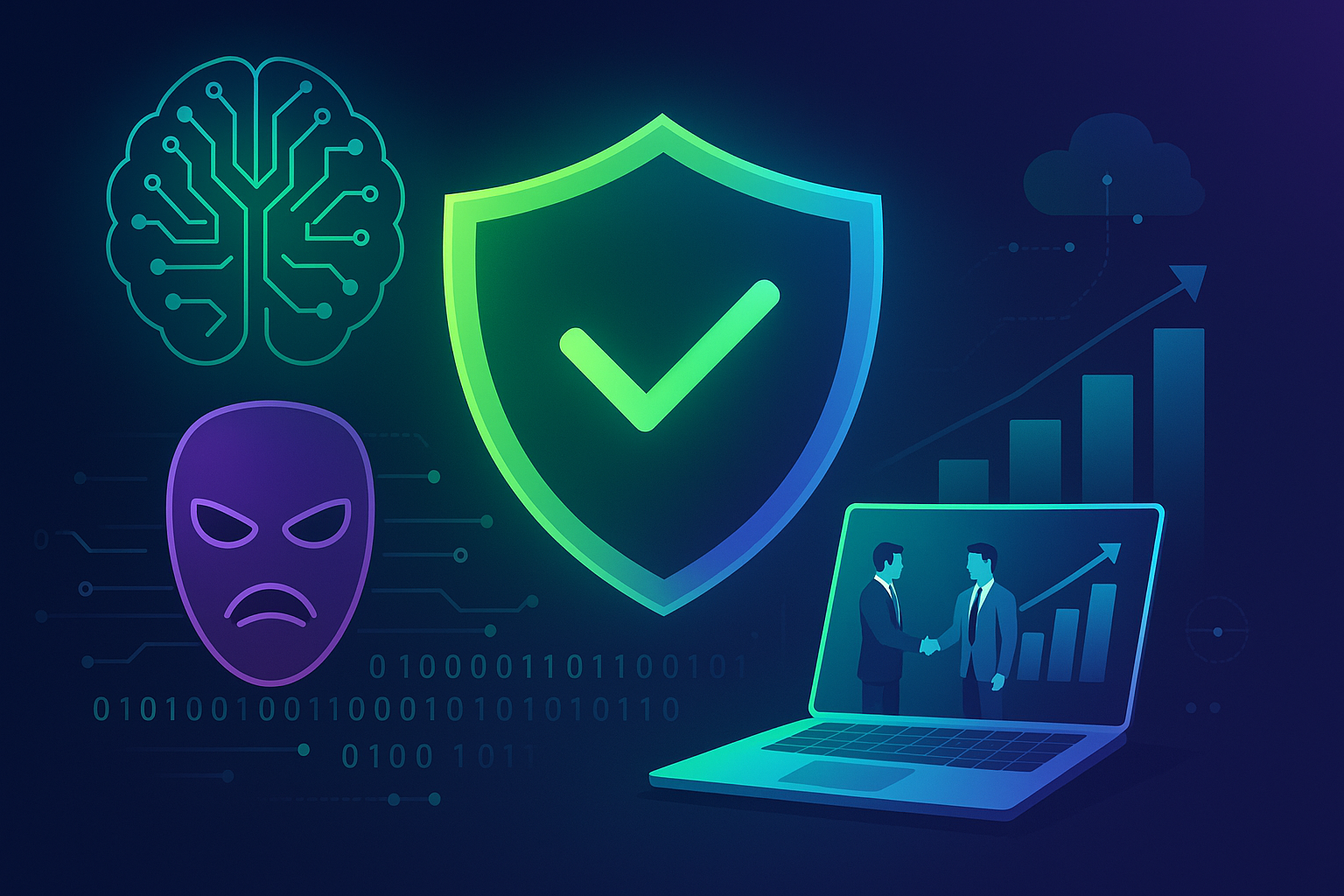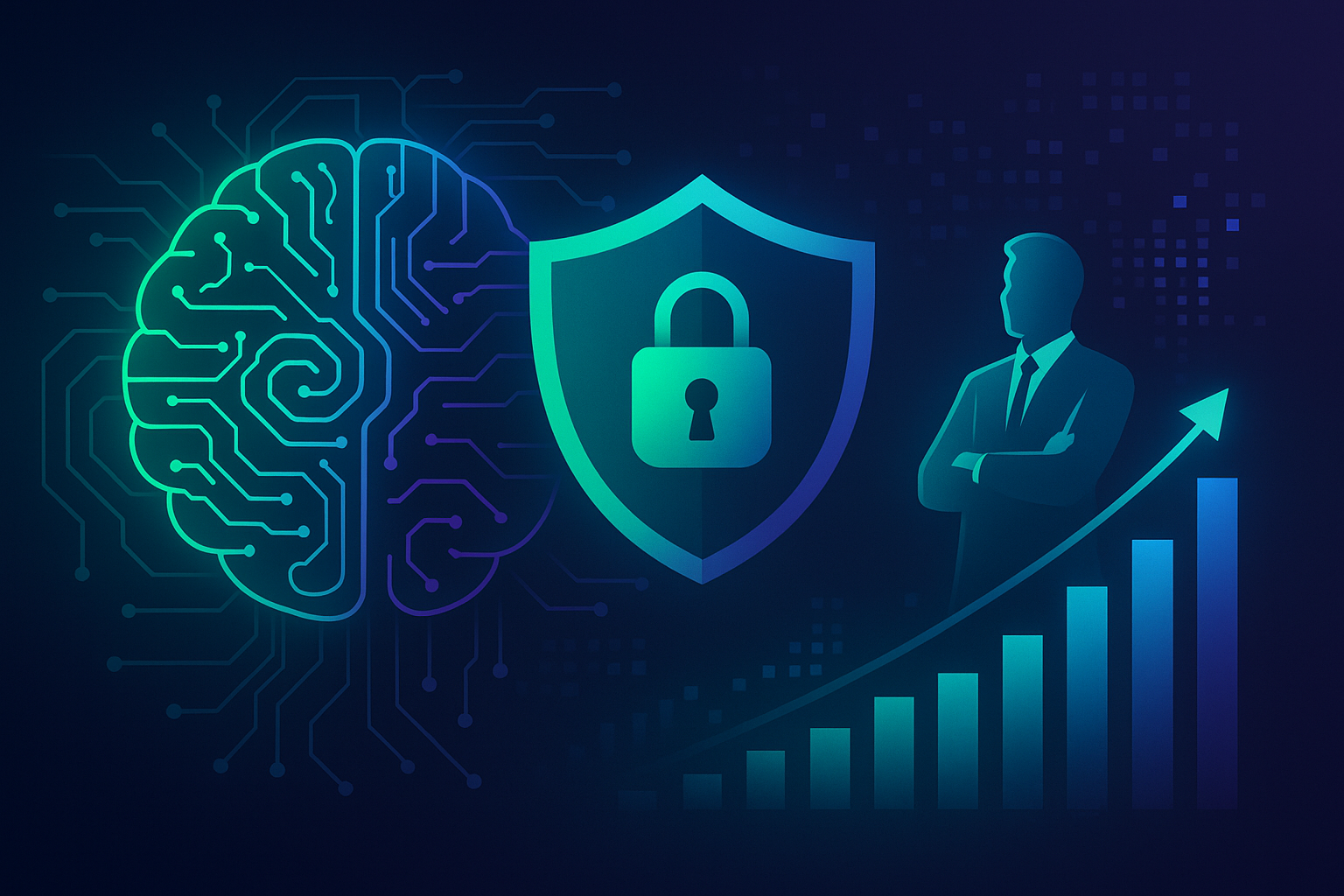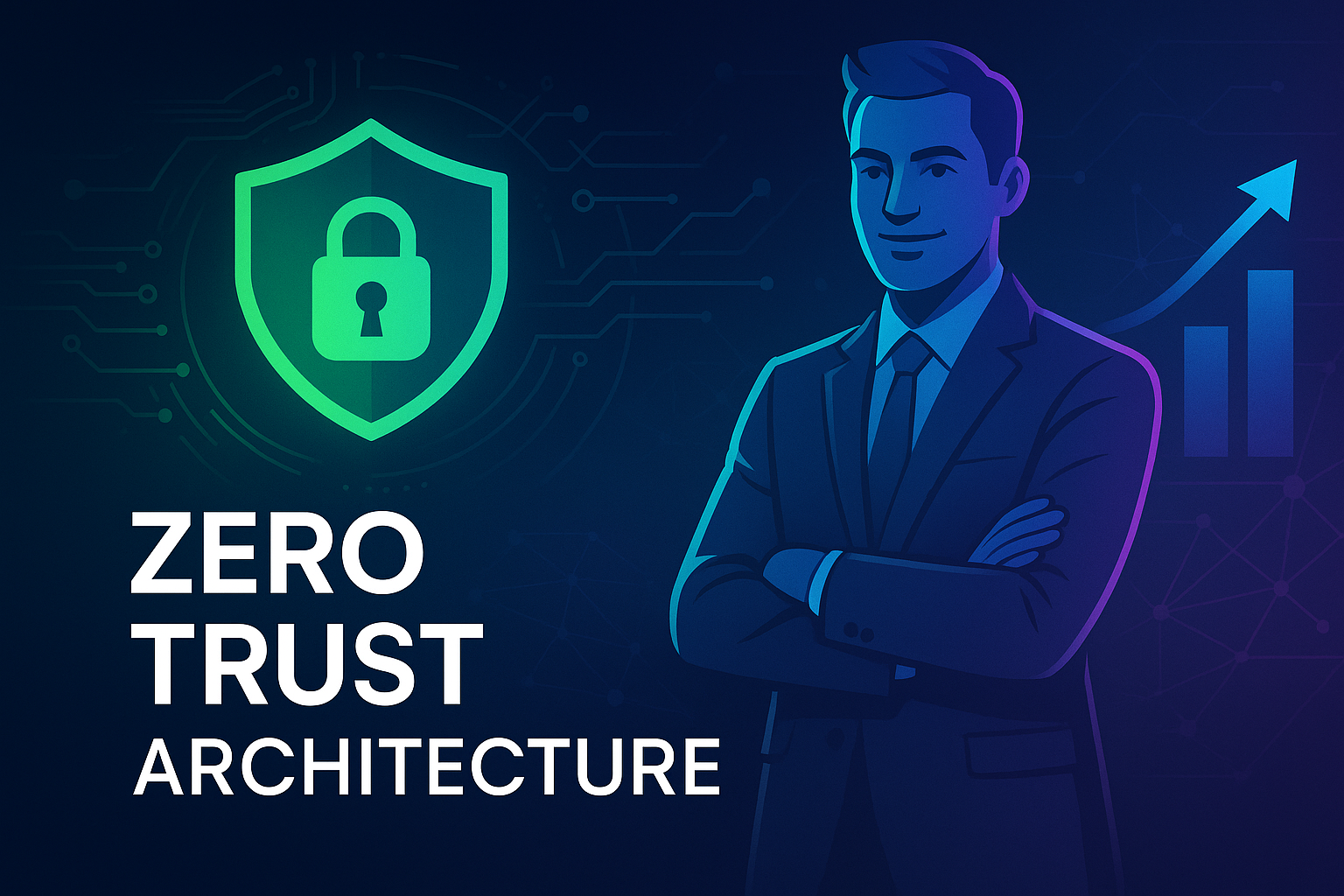Introduction: The Rise of AI-Powered Ransomware and Pharma Fraud
As cyber threats evolve, organizations across all sectors are facing increasingly sophisticated attacks. In 2025, one of the most alarming developments in the cybersecurity landscape is the emergence of AI-powered ransomware. This new generation of intelligent malware leverages artificial intelligence to evade detection, adapt to defenses, and maximize damage. Alongside it, another digital menace is gaining momentum: pharma fraud. Cybercriminals are exploiting the pharmaceutical supply chain to distribute counterfeit medications, posing both economic and public health risks.
The convergence of artificial intelligence with traditional cyberattack techniques marks a turning point in the digital threat ecosystem. Unlike conventional ransomware, AI-powered variants can analyze network behavior, select targets dynamically, and adjust encryption methods in real time. This increased sophistication makes them harder to detect and stop, challenging even the most advanced security systems.
In this article, we delve into how AI-powered ransomware and pharma fraud are transforming the threat landscape. We’ll explore the technologies behind these attacks, the risks they pose, and—most importantly—how businesses can protect themselves using proactive cybersecurity strategies like those offered by SOC as a Service (SOCaaS), EDR/XDR/MDR, and Cyber Threat Intelligence (CTI).
Understanding AI-Powered Ransomware
What Is AI-Powered Ransomware?
AI-powered ransomware refers to malicious software that integrates machine learning and artificial intelligence to optimize its attack capabilities. Unlike traditional ransomware, which follows scripted behaviors, AI-powered variants can learn from the environment they infiltrate. They can identify valuable files, evade detection systems, and even mimic legitimate user behavior to avoid triggering alarms.
This type of malware can scan network traffic, understand user patterns, and determine the most opportune time to strike. It may delay execution until security teams are less vigilant, such as during weekends or holidays. Moreover, it can alter its encryption techniques based on the defenses it encounters.
Such adaptability gives cybercriminals a significant advantage, making these attacks more lucrative and damaging. Companies that lack real-time monitoring or advanced endpoint detection are especially vulnerable.
How AI Enhances Attack Precision
AI algorithms can analyze vast amounts of data to pinpoint vulnerabilities in a network. For instance, AI-powered ransomware might study system logs to detect outdated software or unpatched systems. It can then prioritize these systems for attack, ensuring a higher likelihood of success.
Additionally, AI can tailor ransom messages based on the victim’s financial data, increasing the likelihood of payment. The malware may even use natural language processing (NLP) to craft emails that appear legitimate, facilitating phishing campaigns that serve as the initial infection vector.
This precision targeting makes AI-powered ransomware far more efficient than its predecessors, with higher infection rates and lower detection rates.
Real-World Examples and Case Studies
In late 2024, a major European logistics company was hit by an AI-driven ransomware attack. The malware infiltrated their network through a compromised IoT device and lay dormant for weeks, studying operational patterns. When it struck, it disabled backups, encrypted core systems, and demanded payment in cryptocurrency. The company lost over €12 million in downtime and recovery costs.
Similarly, healthcare providers have reported AI-based ransomware that selectively targets patient records and insurance data, maximizing pressure to pay. These incidents highlight the urgent need for proactive threat detection and response mechanisms.
Organizations using legacy security tools struggle to identify these advanced threats, underlining the importance of services like Next Generation Firewalls (NGFW) and managed detection solutions such as EDR/XDR/MDR.
Pharma Fraud: Cybercrime in the Healthcare Supply Chain
The Scope and Impact of Pharma Fraud
Pharma fraud involves the distribution of counterfeit or adulterated pharmaceutical products, often through compromised supply chains or online marketplaces. With global demand for medication at an all-time high, cybercriminals are exploiting this sector for profit. In 2025, it’s estimated that pharma fraud could cost the global economy over $150 billion annually.
Cybercriminals hack into pharmaceutical logistics systems, alter shipment data, and redirect or replace legitimate drugs with fakes. These counterfeit products may be ineffective or harmful, posing serious health risks to patients and legal liabilities for manufacturers and distributors.
Because the pharmaceutical industry handles highly sensitive data, pharma fraud often coincides with data breaches, ransomware attacks, and intellectual property theft.
Attack Vectors Used in Pharma Fraud
Common attack vectors include phishing emails, remote desktop protocol (RDP) attacks, and supply chain compromise. Hackers often target third-party logistics providers (3PLs) that lack robust cybersecurity defenses. Once inside the network, attackers can manipulate inventory systems, reroute shipments, or introduce fraudulent products into the supply chain.
IoT devices used in pharmaceutical tracking are also vulnerable. Cybercriminals can exploit these endpoints to intercept or alter tracking data, making it difficult to verify product authenticity. The use of AI in these attacks is increasing, allowing fraudsters to automate and scale their operations.
To mitigate these risks, organizations must implement strong vulnerability management frameworks, such as VMaaS (Vulnerability Management as a Service).
AI and the Future of Pharma Fraud
AI is not only being used by attackers—it also holds promise for defense. AI-driven analytics can detect anomalies in shipping patterns or transactional data, signaling potential fraud. However, the same technologies are being weaponized by cybercriminals to automate attacks and outmaneuver traditional defenses.
For example, AI can generate fake certificates of authenticity or simulate legitimate packaging data. These tactics make it nearly impossible for consumers or even pharmacists to detect fraud without advanced verification tools.
To stay ahead, pharmaceutical companies must integrate AI into their cybersecurity strategies and partner with expert providers like Industrial SOC as a Service (SOCaaS).
Why AI-Powered Ransomware Demands a New Security Paradigm
The Limitations of Legacy Security Tools
Traditional antivirus and firewall solutions are no longer sufficient against AI-powered ransomware. These tools rely on known signatures and static rules, which can be easily bypassed by intelligent malware that evolves with each infection.
As threats become more dynamic, organizations must adopt security solutions that offer real-time behavioral analysis and automated response capabilities. This includes deploying endpoint detection and response (EDR), extended detection and response (XDR), and managed detection and response (MDR) platforms.
Hodeitek offers advanced EDR, XDR, and MDR services that are designed to detect and neutralize threats before they cause damage.
Benefits of AI-Driven Cyber Defense
Just as attackers are using AI, defenders must leverage the same technology to stay competitive. AI-driven cybersecurity tools can:
- Detect anomalies in real-time
- Automate threat response workflows
- Predict future attack vectors based on behavioral patterns
- Improve threat intelligence through machine learning
These capabilities significantly reduce response times and minimize the risk of successful attacks. Hodeitek’s Cyber Threat Intelligence (CTI) service enhances situational awareness by providing actionable insights into emerging threats.
Building a Proactive Cybersecurity Strategy
A reactive approach is no longer viable. Organizations must adopt a proactive stance that includes continuous monitoring, vulnerability assessments, threat hunting, and incident response planning. This requires a holistic strategy that integrates multiple layers of defense.
Hodeitek’s 24×7 SOCaaS provides round-the-clock threat detection and incident response, ensuring that no malicious activity goes unnoticed.
By combining advanced technologies with human expertise, businesses can build resilient defenses against both AI-powered ransomware and pharma fraud.
Final Thoughts: Staying Ahead of AI-Driven Cyber Threats
The cybersecurity landscape is evolving rapidly, with AI-powered ransomware and pharma fraud at the forefront of emerging threats. These attacks are more sophisticated, targeted, and damaging than ever before. To defend against them, organizations must modernize their cybersecurity infrastructure and embrace advanced, AI-driven defense mechanisms.
Partnering with a trusted provider like Hodeitek ensures access to cutting-edge technologies and expert support. Whether you’re in healthcare, logistics, or manufacturing, the time to act is now.
Don’t wait until it’s too late—proactive cybersecurity is the only viable defense in 2025.
Secure Your Business Today with Hodeitek
If you’re concerned about the rising threats of AI-powered ransomware and pharma fraud, Hodeitek is here to help. Our comprehensive suite of cybersecurity services includes:
Let us help you identify vulnerabilities, monitor threats in real time, and respond swiftly to incidents. Contact our team today to schedule a consultation and take the first step toward a more secure future.
Don’t be a victim of tomorrow’s cyber threats—protect your business with Hodeitek today.
External Sources:






